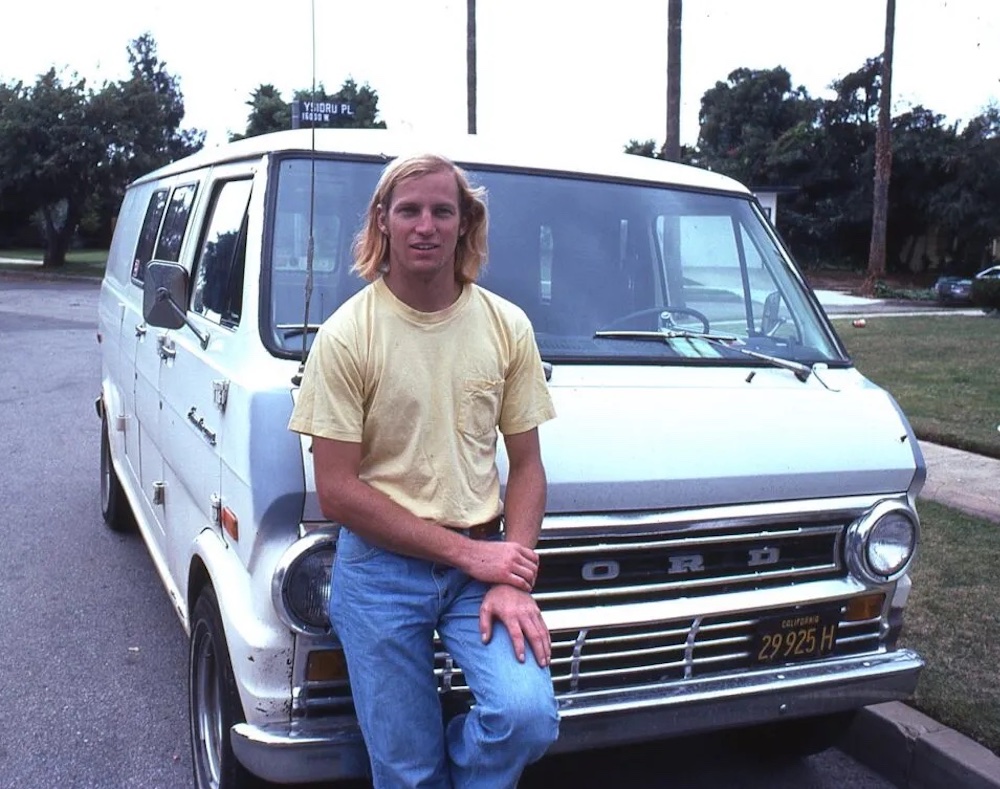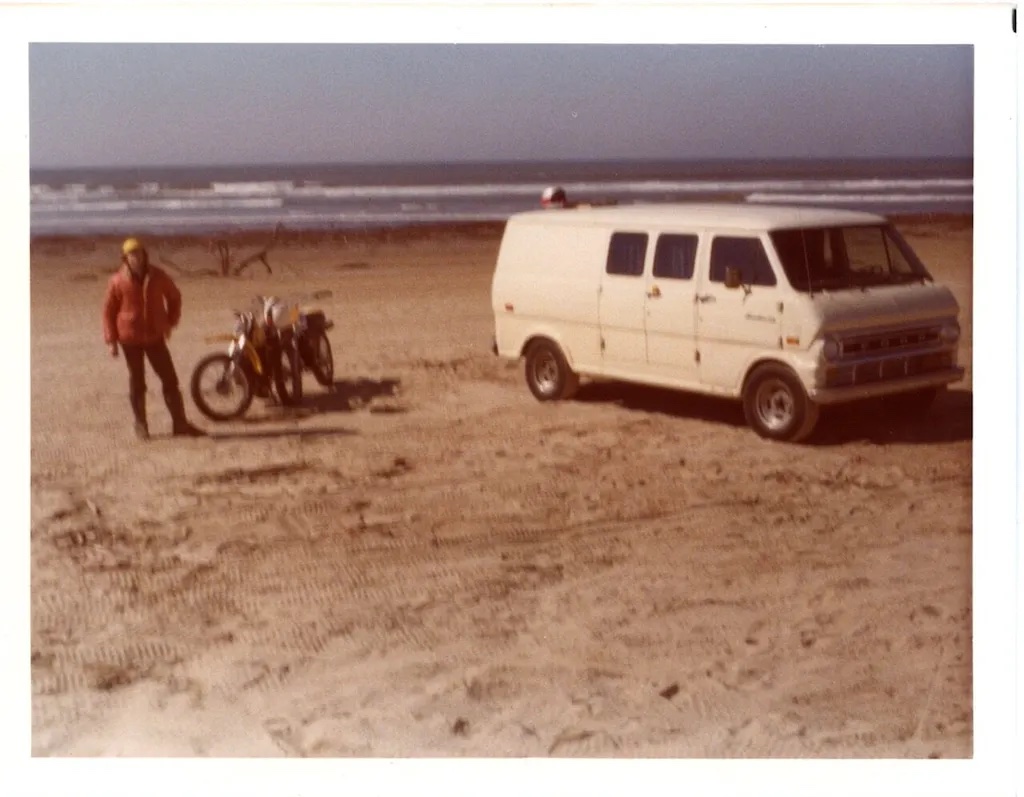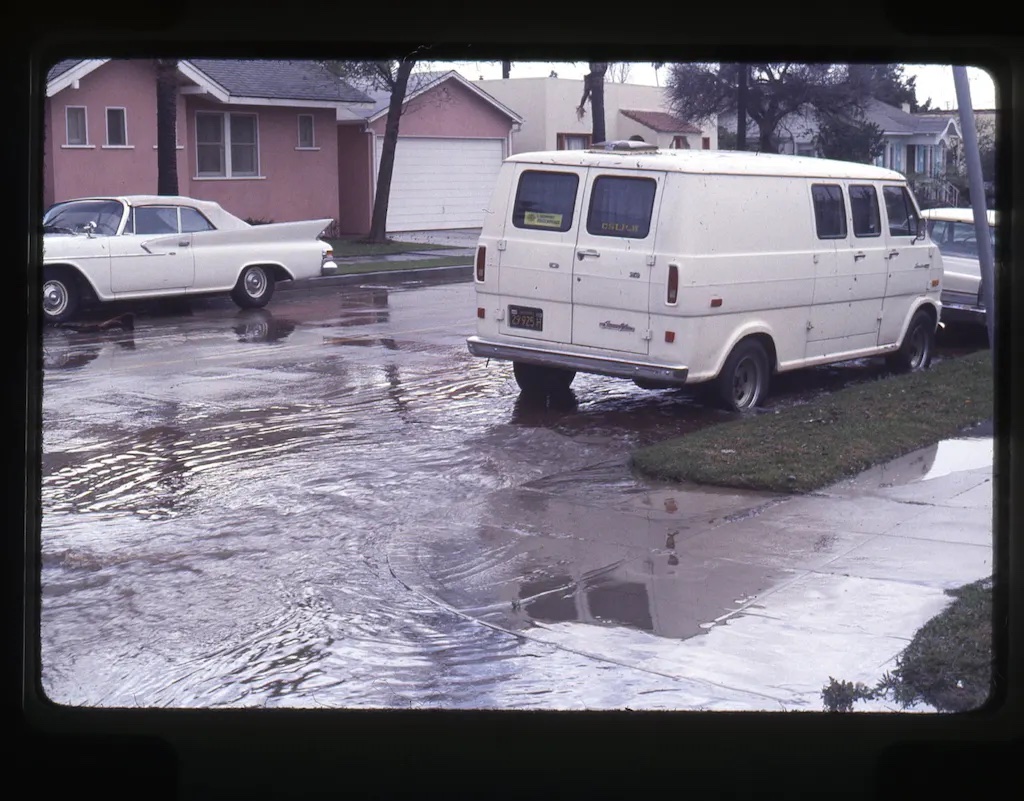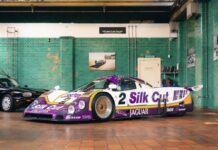In the late, great 1970s, Detroit vans were absolutely “it.” Surf wagons. Yamahaulers. Shag wagons. Call them what you will—and use them as you would—these big boxes on wheels offered everything we young people wanted in the day.

Being partial to Ford, I craved a second-gen Econoline that could haul bikes, boards, and babes, so I put my back into earning one. I pumped gas, worked as a wrench and a parts man at three dealerships, and flipped cars and bikes until I had the 2000 clams needed for a used long-wheelbase 1971 SuperVan. I’d really wanted a 1955–57 Thunderbird, but they were outta sight at $5K. And since I rode dirt bikes a lot, the van made great sense. And so, boy, was I happy.
The Wimbledon White E-100 had slotted chrome-reverse rims, hood pins, primer spots, groovy walnut paneling, and threadbare carpeting atop its 10-foot floor, but I didn’t mind; the 302’s compression was spot-on and the Cruise-O-Matic three-speed shifted great.

There’s a scene in the movie On Any Sunday where Mert Lawwill drives between races with his left foot atop his Econoline’s dash, a reprieve from the skimpy floor area pinched by the wheel arch and engine cover. For me, slogging along L.A.’s 405 freeway proved a breeze this way, bulking up for motocross with a hand-grip strengthener that hung on the turn-signal lever when not in use, and listening to Fleetwood Mac’s Rumours on the tape deck. You can relate, right?
Happily, the SuperVan proved super. In three years, hardly any negatives intruded—just a bum ignition coil, one window broken by vandals, and a cracked gas-tank vent hose that gave everyone inside a headache. Overall, though, that workaday Econoline enabled so many fun times that I now sorely want one again. Such emotions clearly drive the classic car hobby. Because when your best life and times conjoin with even a common, low-value vehicle, why, that’s real love.

The romance lasted until full-time employment called; the E-100 then exited for what I’d paid for it, to some guy I met up with in a parking lot. Today, a comparable one might bring $10,000 to $15,000—hardly a win had I kept mine for decades. So, while the Econoline failed at profit-making, that wasn’t the mission. Instead, it was all about living. And for that, the SuperVan was the right plan.
Report by John L. Stein for hagerty.com










